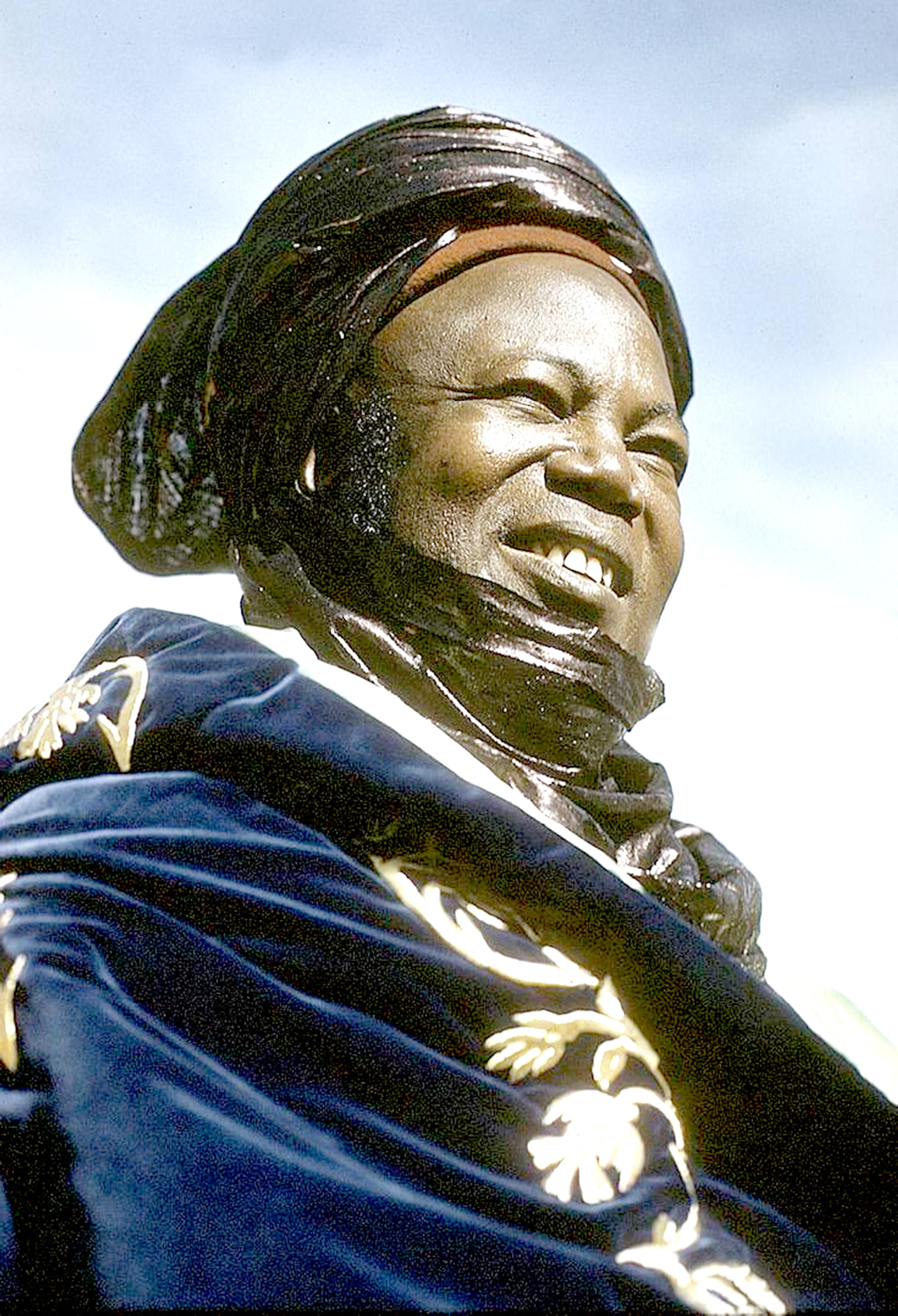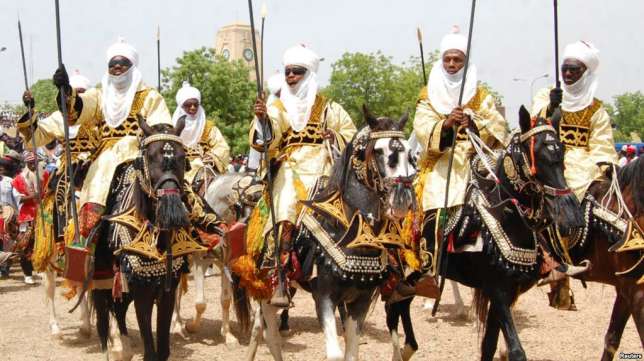
Much of the history of early kingdoms and empires in present-day northern Nigeria derive from legends and oral folklore.
Evidence exists however, to suggest that these Hausa cultures
( west of the much- documented Kanem- Bornu Empire) were skilled smelters of iron-ore as early as the 7th century AD.
Given their proximity to the Nike whose civilization flourished previously in the region, one would argue that the Hausas had most probably developed skills in crafts like pottery, and evolved complex social structures much earlier.

According to legend, the history of Hausa land revolves around Bayajidda, who migrated from the Middle East across the Sahara and settled in Daura; a town in Katsina State close to the present day border with Niger Republic. Such Odysseys were not uncommon in those days through well- defined trade routes across the Sahara and North Africa.
Other legends and folktales recount similar waves of migration southward across the Sahara, which resulted in inter- marriage and acculturation between the migrant Arabs and the Hausas.
On settling in Daura, Bayajidda got married to the queen with whom he fathered seven sons. It is said that the traveling Bayajidda earned the queen’s favour by killing a mythical snake that had, hitherto, prevented Daura dwellers from freely drawing water from a local well.

Bayajidda’s seven sons are held to be the founders of the seven Hausa Kingdoms; Daura, Kano, Zaria, Gobir, Katsina, Rano, and Biram. However, other versions of the same account vary slightly; claiming that the founders of these city states were grandson of Bayajidda and sons of Bawo; the only offspring of the Union between the queen and Bayajidda. In any case, these states, referred to as the Hausa Bakwai
( literally ‘ Hausa seven’), quickly developed strong economies based on trade and agricultural activities.
By 1200, most of them had walls built around them in an attempt at fortification against rival kingdoms and expanding empires like the Kanen-Bornu to the east
Remnants of these walls exist to this day and are frequently visited by. tourist. Some, like the Zaria city walls, have been reconstructed and preserved.

The seven Hausa states developed a common language: Hausa.
Although, they shared certain characteristics such as similar kingship Institutions, the states were largely independent of each other.
As the seven Hausa States developed over time, Kano rose to a position of commercial prominence, and was closely followed by the neighbouring Katsina, while Zaria, traditionally entrusted with the task of protecting the other states from Southern incursions, grew considerable military might .
Fulani Jihad and the Sokoto Caliphate.
The seven- state Hausa kingdom lasted centuries during which it’s population exploded. But as the native population grew, so did the number of Fulani pastoralists ( originally traveling nomads and traders) who permeated large areas of Hausa land and settled with the local population.

While the two groups co- existed peacefully for centuries, from a religious point of view, the Fulanis considered the Hausas somewhat inferior.
This view of their hosts was on account of Hausa ‘adulteration’ of Islam with native and traditional beliefs.The alleged deterioration and adulteration of Islam later provided the perfect motivation for local Fulani leaders under revered scholar Usman Dan Fodio, to declare a jihad against the Hausa states in 1804.
Consequently, the Fulani overthrew the Hausa rulers and, for the first time in centuries, expanded the kingdoms by conquering new areas south and east of Hausa land.
The Jihad( Holy War) of 1804 had political implications for northern Nigeria which are still evident today.
Virtually all of Hausa land was conquered by Fan Fodio’s followers.

New Fulani ruling dynasties were established throughout the conquered lands under the overall sovereignty of Usman who reignef over the loose confederation of about 30 Emirates from Sokoto.
Usman Dan Fodio died in 1817 and was succeeded by his son, Muhammad Bello. The Sokoto Caliphate flourished; dominating the region throughout the
19th century until the arrival of European Imperialists in the 20th century.









Leave a Reply